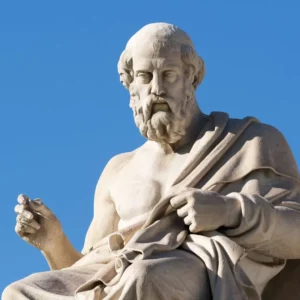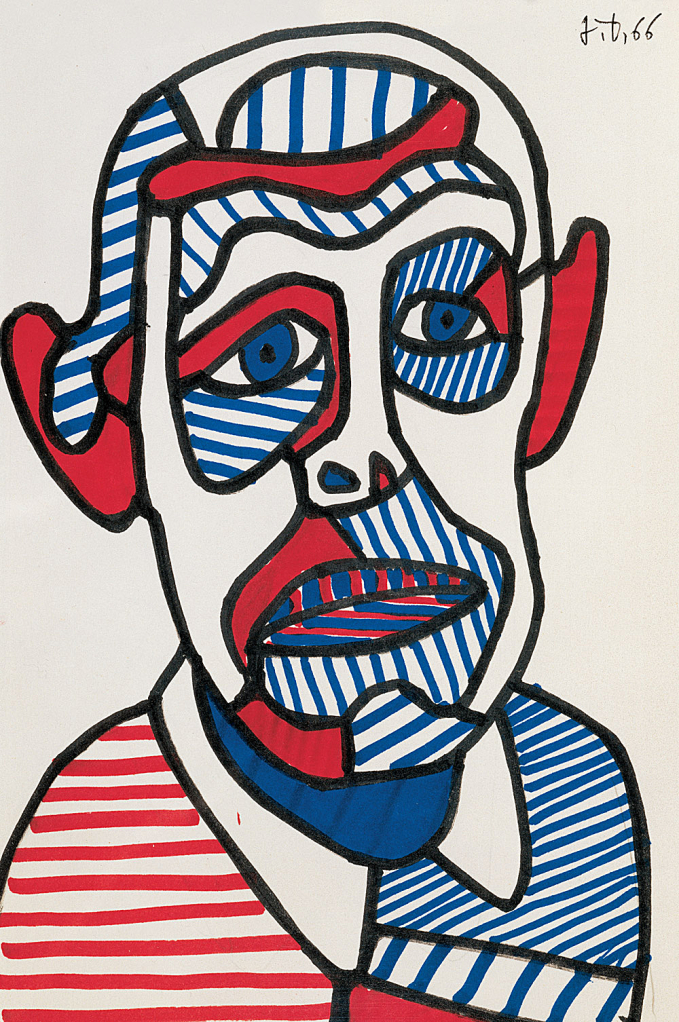The beginnings
For Aristotle, the phenomenon of catharsis is that which leads, through purgation or purification, to transforming excessive emotions into virtuous emotions.
The theatrical representation (mimesis) of excessive emotions would, for example, rid spectators of their own passions.
“Poetic”, Aristotle (335 BC)

For Plato, psychagogy is a rhetorical means of accompanying others on the path leading towards oneself, through an interposed symbolic experience.
“Phaedrus”, Plato (387 BC)
Birth of the concept of art therapy

In 1922, Hanz Prinzhorn published the book Expression of Madness. Drawing, painting, asylum sculpture in which he studies the productions of several thousand patients hospitalized in psychiatry.
His approach is based on Gestaltung, the psychology of fitness.
Périod 1930 – 50

In the 1930s and 1940s, Margaret Naumburg, educator, psychotherapist and author, began using art as a therapeutic tool. She is considered the mother of art therapy in North America.

In 1948, Jean Dubuffet and André Breton were among the founders of the association law of 1901 La Compagnie de l’art brut, which contributes to the recognition of an art desired “outside the norms”, as well as links between artistic creation and expression of the unconscious.
Périod 1950-60

In 1955, the book L’Art psychopathologique by Robert Volmat was published, dedicated to the international exhibition of works created by patients in 1950. Volmat created, with Jean Delay, the International Society of Psychopathology of Expression.
Jacques Soisson, painter, is also a child psychotherapist. From 1966, he collected paintings and drawings by children and adolescents.
1980 and after

In 1984, Gisela Pankow developed important work around modeling. According to her, modeling allows you to work on the representation of your body.
Sources

